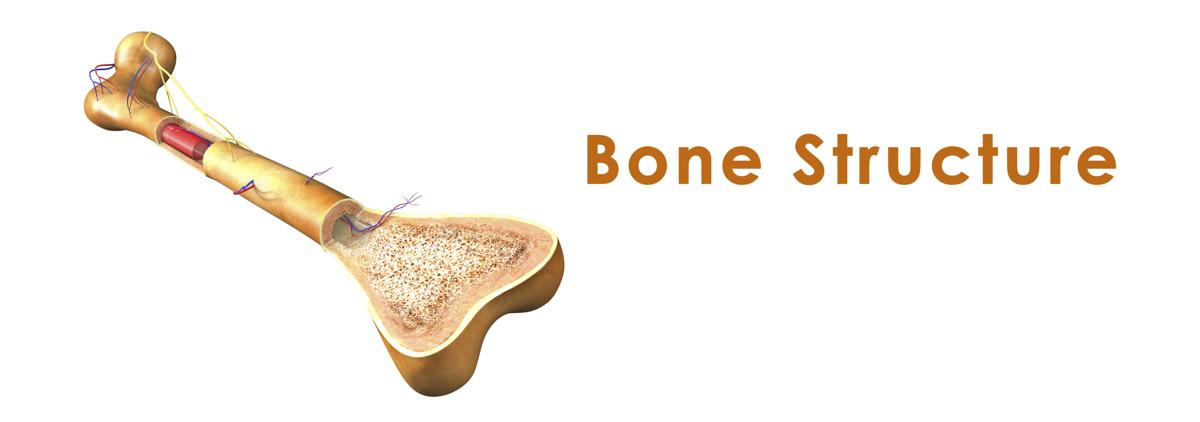
Bone marrow transplant becomes inevitable when the body stops producing healthy blood cells. The following article provides information about the procedure of bone marrow transplant.
The bone marrow (BM) is mainly responsible for the production of stem cells in the body. These stem cells later develop into normal blood cells and can be considered as a major blood cell producing factory of the body. Blood cells are of great significance to the body. Conditions such as leukemia, aplastic anemia, etc., affect the functioning of the bone marrow, thereby leading to the production of unhealthy blood cells. In such cases, a transplant is the only treatment option available.
Types of Bone Marrow Transplants
The transplants are basically of two types; autologous and allogeneic. In autologous transplant, the person himself donates the BM from his healthy organs. While in allogeneic, the BM is extracted from an individual with the similar genotype (genetic material) as the recipient. Since the genetic material is an inherited trait, individuals who are closely related to the recipient are often the ideal donors. Although, a brother or sister is most likely to qualify as a suitable donor, this only amounts to 25% of BM donations. In rest of the cases, the National Marrow Donor Program Registry database is searched to find a donor with the same tissue type as the recipient.
Procedure
Procedure for BM transplant is accomplished in two ways. In the first method, stem cells are directly collected from the blood. This method is known as peripheral blood stem cell donation (PBSC). The second method is a bit complicated and painful. Although it is not a surgical procedure, it is performed under general anesthesia. In the former procedure, the donor is injected with some medications everyday, four days before the donation, which allows the stem cells to move out of BM and circulate freely in the blood. Then the blood is extracted from the donor by using an intravenous needle, which is inserted in his arm. This blood then goes to a machine, similar to a centrifuge, which separates the various components of the blood.
The separated stem cells are then collected, while the rest of the components go back to the donor, intravenously through his other arm. The collected stem cells can be directly transfused in the body of the recipient, where the stem cells find their way to the marrow and begin to mature there. However, before transfusion, the old BM of the recipient needs to be destroyed completely. This process is simple without the need of a recovery period for the donor.
In the second procedure, the donor is put under anesthesia and needles are inserted in his pelvic bones to extract his BM. Before the transplant, the BM in the affected part of the recipient is destroyed with chemotherapy and radiation, so as to make room for the new and healthy BM. The new BM begins to function normally and starts producing healthy stem cells. This procedure is painful for the donor, as well as the recipient.
Risks
There are no major risks to the donor when PBSC are extracted. The medications injected prior to donation may induce some minor side effects like nausea, dizziness, fatigue, etc. During the transfusion, the donor may experience some lightheadedness. However, in case of the recipient, the risks can be pretty serious. When the bone marrow is destroyed, the person is highly susceptible to various infections and anemia, owing to the lesser number of blood cells. Similarly, the low blood platelet count puts the person in grave danger of internal bleeding.
The procedure can prove to be a boon for people who are fighting severe BM diseases. This process has cured millions of people who were struggling with life-threatening diseases.
Disclaimer: The information provided in this article is solely for educating the reader. It is not intended to be a substitute for the advice of a medical expert.


